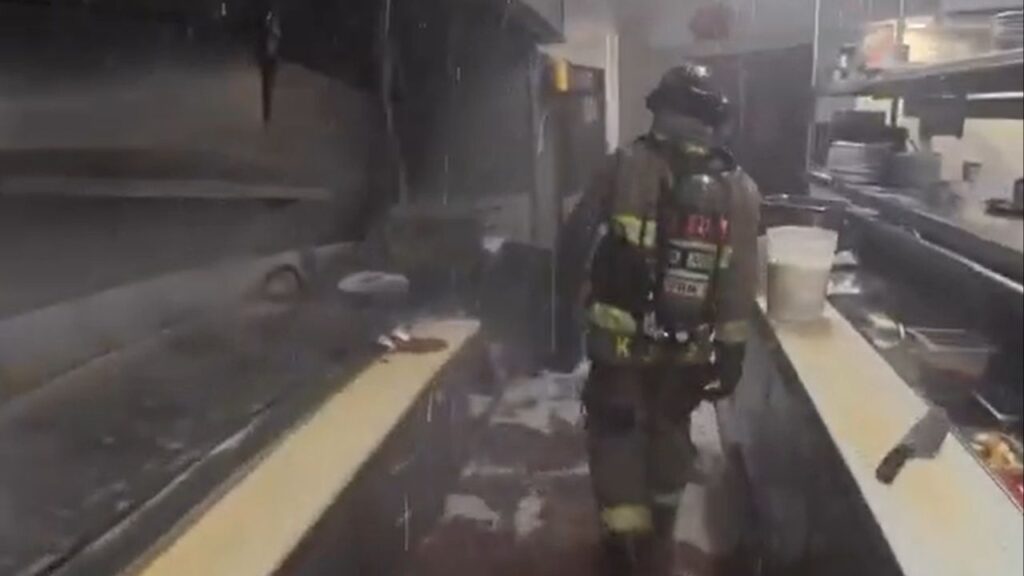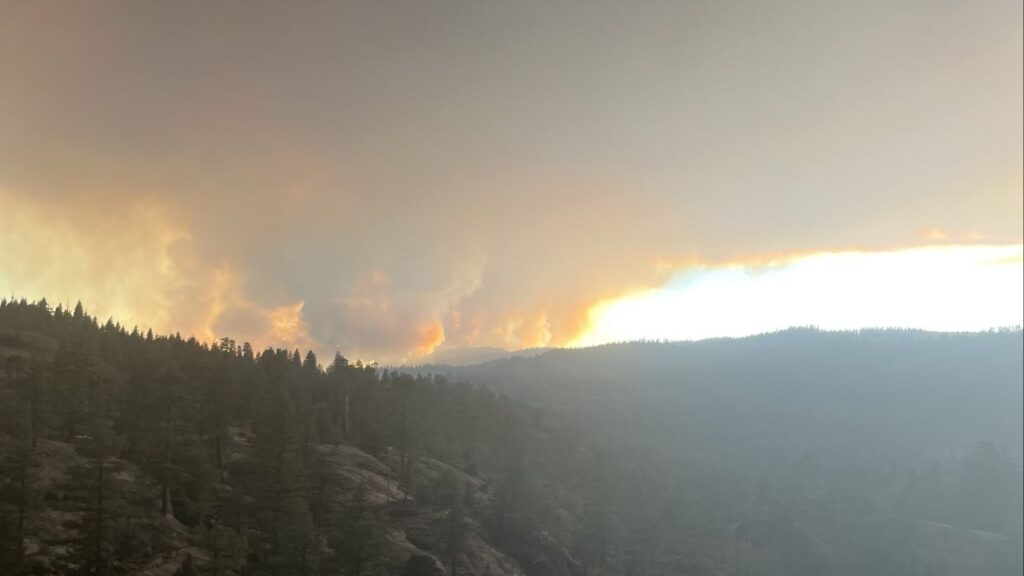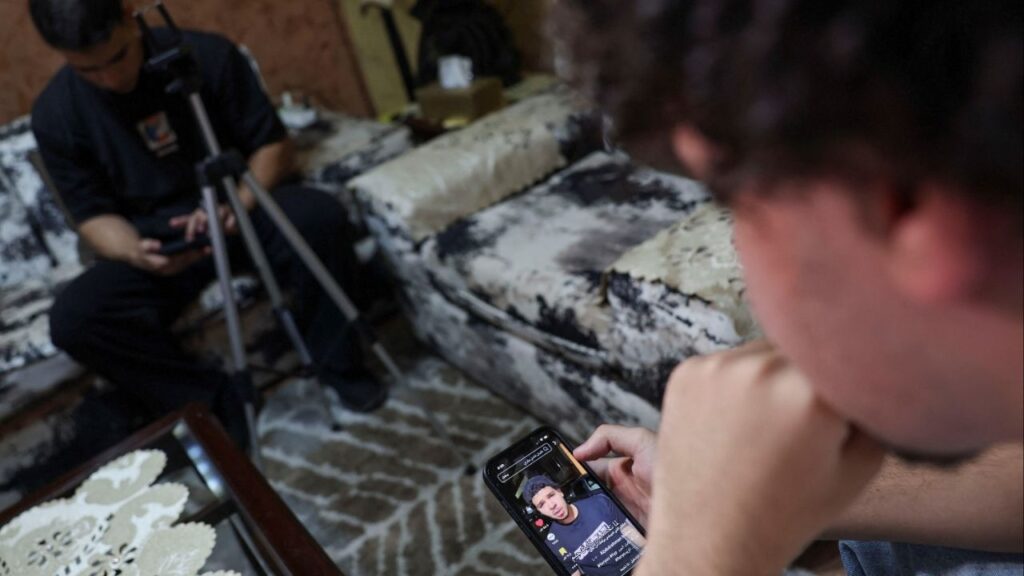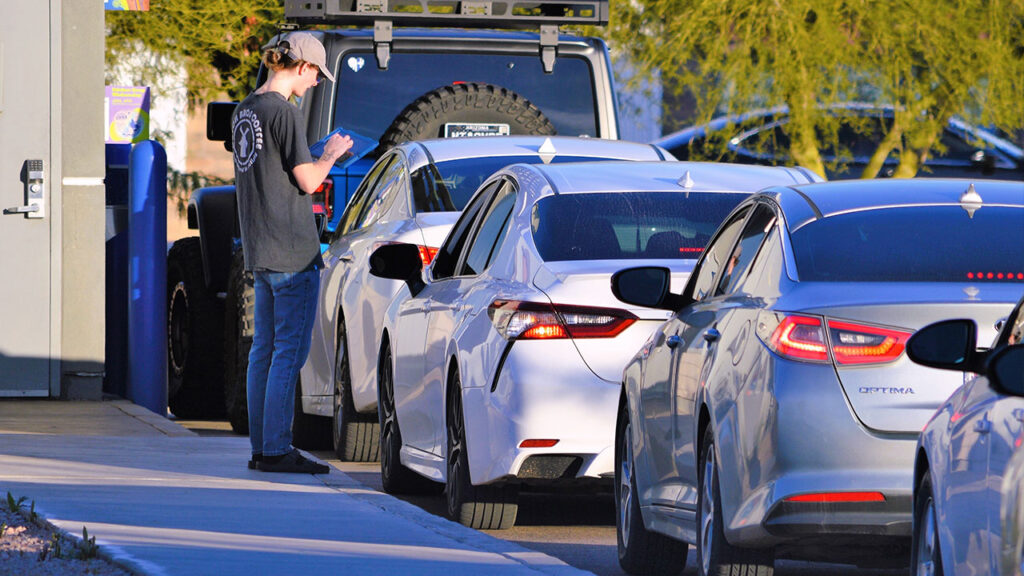Share
Chyna Woods was like many people during the pandemic — busy working from home and caring for her grandmother — until pain between her shoulder blades made sitting in her desk chair unbearable.
“I had extremely excruciating back pain. I couldn’t lay or sit down for long periods of time,” says Woods. “I couldn’t even be in a car for longer than 10 minutes.”
Then her legs and chest started to go numb.
“My body was numb from under my breasts down. I was just numb. I couldn’t feel my legs. It was scary. It was really scary,” Woods says.
Looking for Answers for Unexplained Back Pain
She knew she needed to get help, so she rushed to the emergency room at Community Regional Medical Center where she met Dr. Derek Taggard, a board-certified spine and neurosurgeon with Community Health Partners. Dr. Taggard assessed Woods and immediately ordered tests and a biopsy.
“She was found to have a large tumor that had invaded into her spine causing compression of her spinal cord, which was the cause of the numbness, but it was also located in her chest cavity and behind her heart,” Dr. Taggard says.
Rare, Aggressive Neuroendocrine Tumor
Dr. Taggard says Woods had a paraganglioma — a very rare type of neuroendocrine tumor, which involves cells that release hormones into the blood as a response to stimulation or pressure on the nervous system. The large tumor also explained her severe back pain.
“I think she probably developed the tumor just in front of the vertebral body [spinal bone] and, as it grew, it became very locally aggressive and chewed through the side hole and through the vertebral body and started to cause compression of her spinal cord,” says Dr. Taggard.
While there are many types of neuroendocrine tumors, the National Cancer Institute’s Center for Cancer Research estimates that only two out of every one million people have paraganglioma.
These tumors usually form along major blood vessels and nerves in the head and neck, among other places. Paragangliomas are usually not cancerous — like Woods’ — and are most often found in patients between 30 and 50 years old.
Multispecialty Care Under the Same Roof
Dr. Taggard recommended surgery to remove the tumor and relieve Woods’ debilitating back pain. But he knew that removing such a complex tumor would require a specialized team approach.
He would remove the tumor from the back of her spine and another surgeon would remove it from the front. To accomplish this, Dr. Taggard called in Dr. Shamsuddin Khwaja, a board-certified cardiothoracic surgeon at Community Medical Centers.
“I thought the best thing for her was a staged procedure, which means the first stage was through her back. We got the tumor away from her spinal cord, did a fusion with the screws and rods above the level of the tumor and where it had invaded her spine,” Dr. Taggard says.
Woods had her surgeries at Community Regional — the first and only hospital in central California to receive a “Center of Excellence” designation in neuroscience. Dr. Taggard removed the tumor from the back of Woods’ spine and seven months later, Dr. Khwaja removed the rest of the tumor from the front.
“I don’t think you want a brain surgeon or a spine surgeon cracking your chest open. And likewise, you don’t want a cardiothoracic surgeon trying to dig some tumor out of your spine. But when we do it together, she’s had a great outcome. She’s not had any complications,” Dr. Taggard says.
‘Thriving With Little-to-No Back Pain’
Not having to travel out of the Central Valley for this type of cutting-edge diagnosis, treatment and care — and thus being able to stay close to home and her support system — has helped ease Woods’ recovery and get her back on her feet.
She’s healed from her surgeries and is now thriving with little-to-no back pain, thanks to the team approach of her specialized surgeons, Dr. Taggard and Dr. Khwaja, who together successfully removed her entire neuroendocrine tumor.
“She’s been a joy to take care of — has always had the best attitude, is always very positive and optimistic about what is going to happen next,” Dr. Taggard says.
RELATED TOPICS:
Trump Says He Will Order Voter ID Requirement for Every Vote
18 hours ago
Greta Thunberg Joins Flotilla Heading for Gaza With Aid
18 hours ago
Chicago Mayor Says Police Will Not Aid Federal Troops or Agents
18 hours ago
Post-War Gaza Plan Sees Relocation of Population, ‘Digital Token’ for Palestinian Land: Washington Post
18 hours ago
Labor Day Quiz: Do You Know What a Knocker-Upper Is?
18 hours ago
Judge Blocks Pillar of Trump’s Mass Deportation Campaign
2 days ago
Visalia Driver Arrested for DUI After Multiple Crashes and Pedestrian Injured
2 days ago
Fresno County Garnet Fire Grows to 18,748 Acres in Sierra National Forest
17 hours ago
Categories

Fresno County Garnet Fire Grows to 18,748 Acres in Sierra National Forest
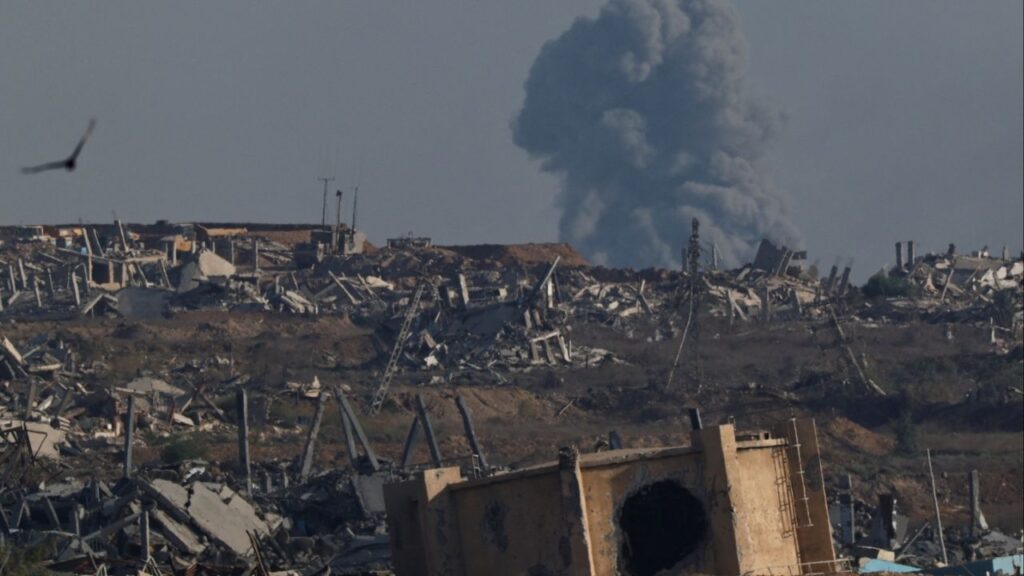
Israel Pounds Gaza City Suburbs, Netanyahu to Convene Security Cabinet

Trump Says He Will Order Voter ID Requirement for Every Vote
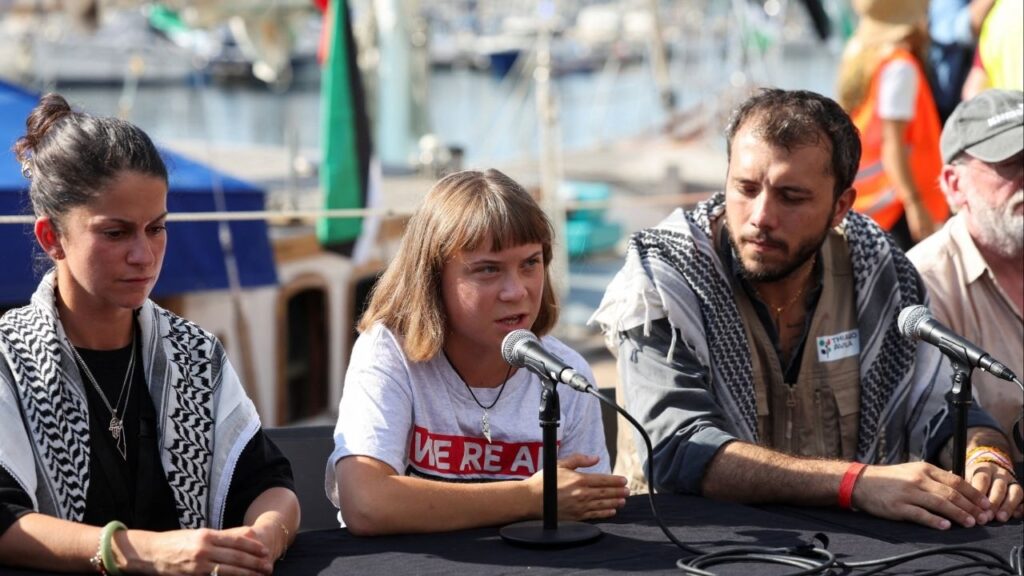
Greta Thunberg Joins Flotilla Heading for Gaza With Aid

Chicago Mayor Says Police Will Not Aid Federal Troops or Agents

Post-War Gaza Plan Sees Relocation of Population, ‘Digital Token’ for Palestinian Land: Washington Post
